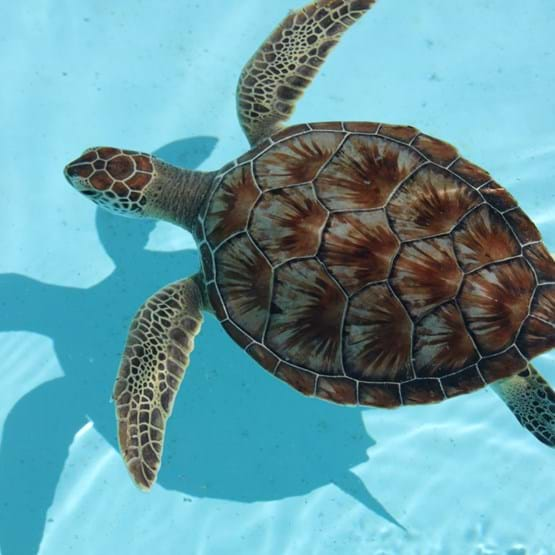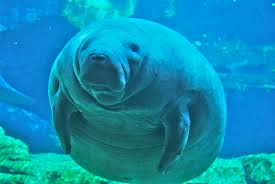Sea turtle nesting season is underway in Florida through September. There are five species of turtles that nest in Florida (Loggerheads, Green Turtles, Leatherbacks, Kemp’s Ridley and Hawksbill) but northeast Florida mainly sees Loggerheads and a small number of Green Turtles. In the 2019 season, there were 2,495 Loggerhead nests and 335 Green Turtle nests, according to the Florida Fish and Wildlife Conservation Commission.
Turtle patrol groups are on every beach in the region and they remind residents that turtles need the beaches to be #CleanDarkFlat in order to come ashore at night, navigate to a nesting spot, and return safely to the ocean. Each nest can holds and average of 114 eggs, which will begin to hatch mid-July.
Most turtle patrols have already trained their volunteer patrols for the year, but GTM Research Reserve will host a training session in July. Check the events calendar online for details.

Stay-at-home orders have spurred an increase in boating activity of all kinds, from paddleboards to kayaks to jet skis to power boats. One local marina says it’s busier than ever with gasoline purchases and boat repairs.
Social media posts show those boaters encountering dolphins in the St. Johns River. Florida Times-Union journalist Mark Woods has posted several videos of dolphins near the downtown area surfacing around him as he paddle-boarded.
There are more dolphins in the St. Johns River in the summer than in the winter, said Dr. Rose Borkowski, a researcher in the Department of Biology and Marine Science at Jacksonville University. About 300 live in the river in the summer but two-thirds migrate south in the Intracoastal Waterway to the Titusville area during the winter.
Dolphins often approach boats and either bow-ride or wake-ride. Though they’re more nimble than slow-moving manatees, Borkowski said boaters should beware of striking dolphins or accidentally wedging them between a boat and the shoreline. The National Oceanographic and Atmospheric Administration recommends staying 50 yards away from a pod of dolphins and limiting viewing time to 30 minutes in order not to disturb their behavior. Borkowski also cautioned against feeding them, because then they become habituated to approaching boats for food and may endanger themselves, and removing used fishing line to prevent entanglement.
Though dolphins do occasionally travel south in the river as far as Lake George, they’re more commonly found from the downtown area to the mouth. There’s no common time of day when they’re likely to be spotted. Here are some common viewing sites:
- the downtown bridges, where they’re often seen diving, possibly for food
- Friendship Park
- Blue Cypress Park
- Reddy Point Park
- Ft. Caroline docks

Manatees are also out in the main stem of the St. Johns River during the summer months, according to Dr. Gerry Pinto, a professor at Jacksonville University. They spend the winter months in the river’s tributaries mating and giving birth. During the summer months, they’re likely to be found along the shoreline south of Epping Forest and the Naval Air Station to down past the Buckman Bridge. They are often in about a meter to a meter-and-a-half of water, feeding on submerged grass, said Pinto.
Because they are slow moving, speed limits have been one of the most effective tools in preventing boat strikes and bringing manatees back from Endangered status (although they are still listed as Threatened). Pinto reminds boaters to follow the speed limits, wear polarized glasses and check around your boat before putting it in gear.
Researchers at Jacksonville University track manatees; to report a sighting, call 904/256-7575 and report location, number of manatees and activity.
To bring Wild Florida into your back yard, use native plants in your landscaping, says biologist Doug Tallamy. The Florida Wildflower Foundation hosted Tallamy for a May 3 webinar on what plant species are more likely to attract birds and other species. The webinar can be found on the group’s Facebook page or on YouTube.
This segment of Wild Florida was broadcast on First Coast Connect with Melissa Ross on WJCT 89.9 FM on June 2, 2020. To hear the full segment, click here.


Leave a Reply